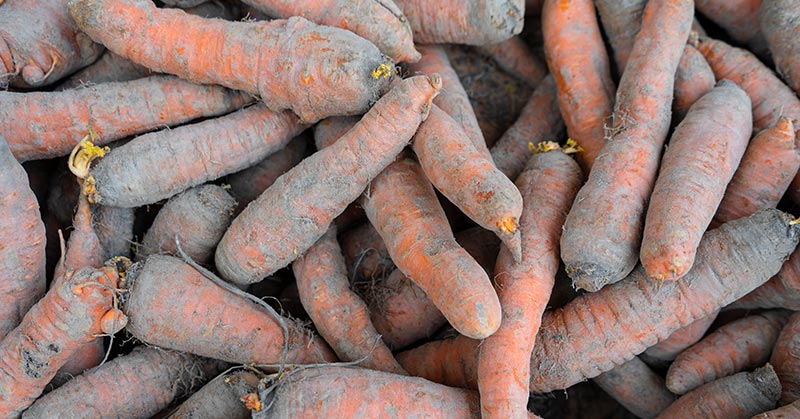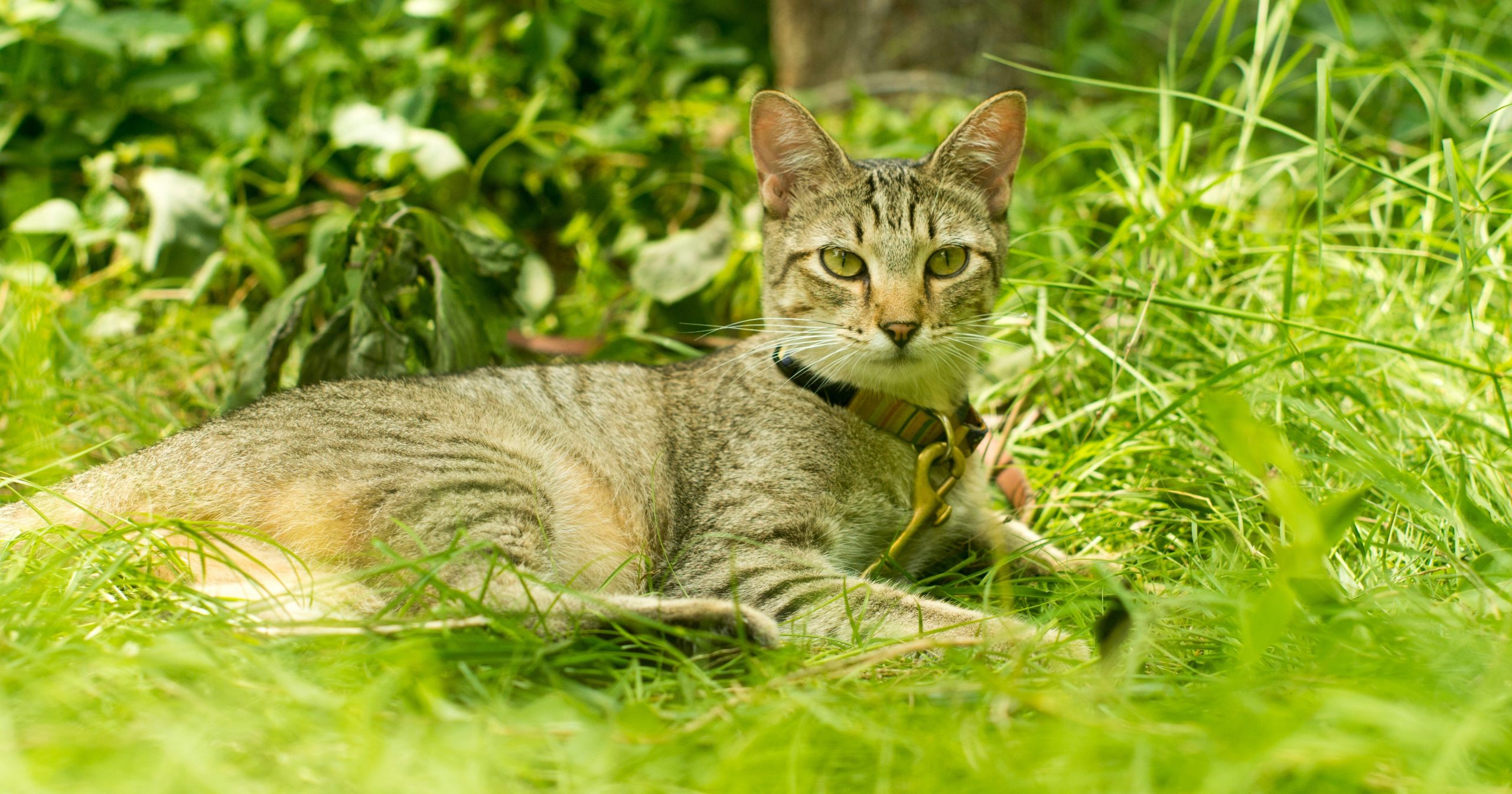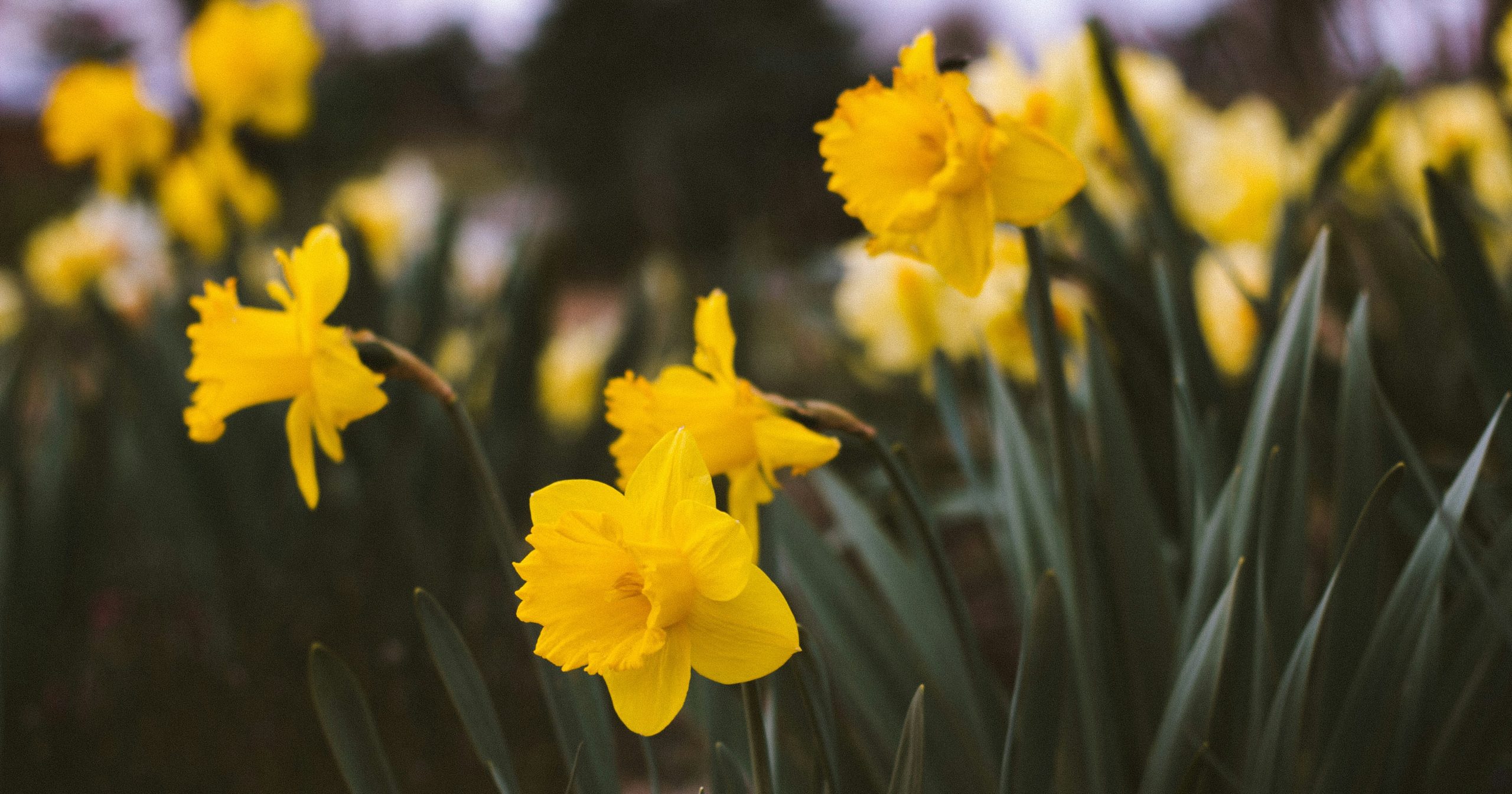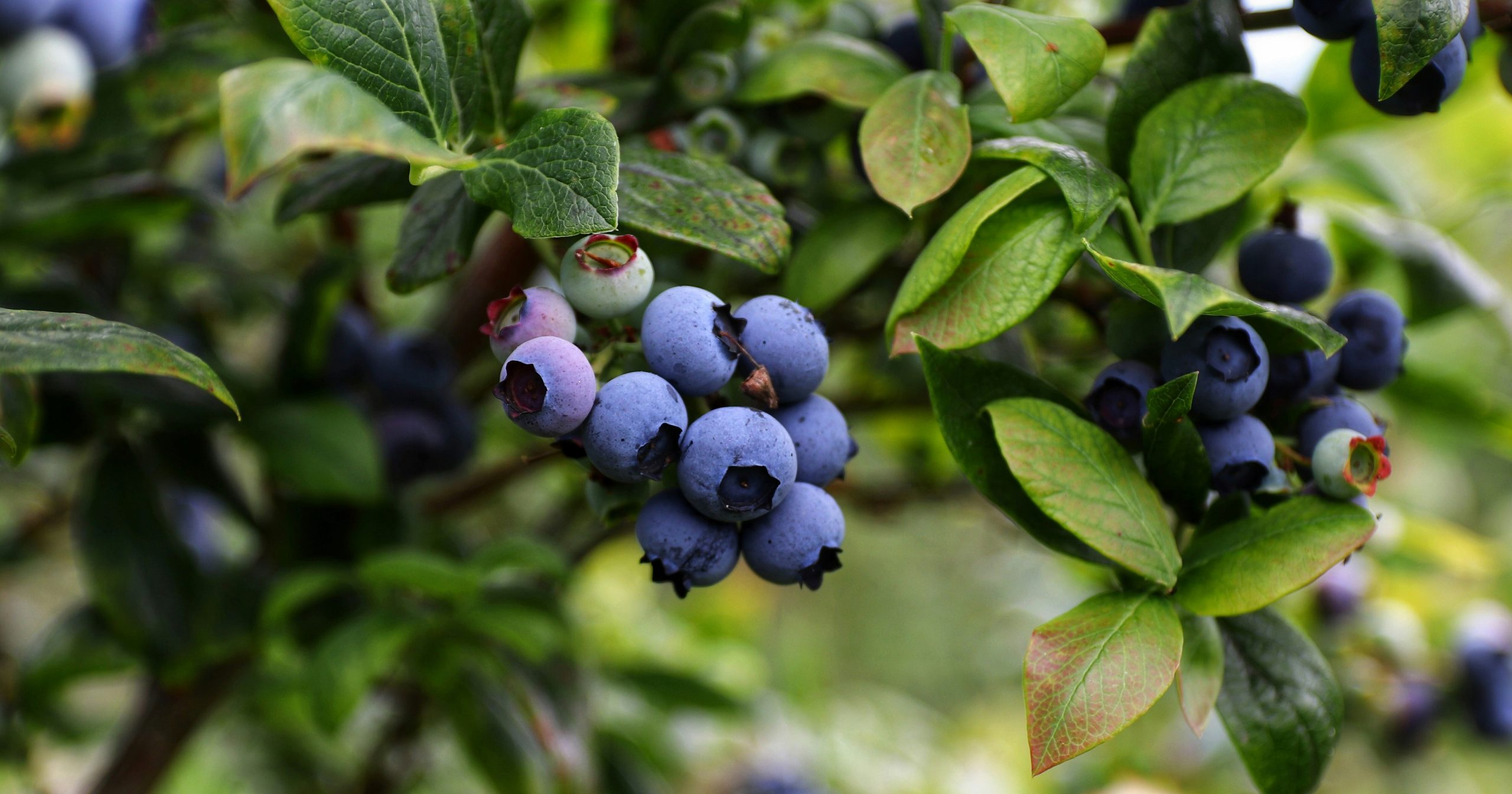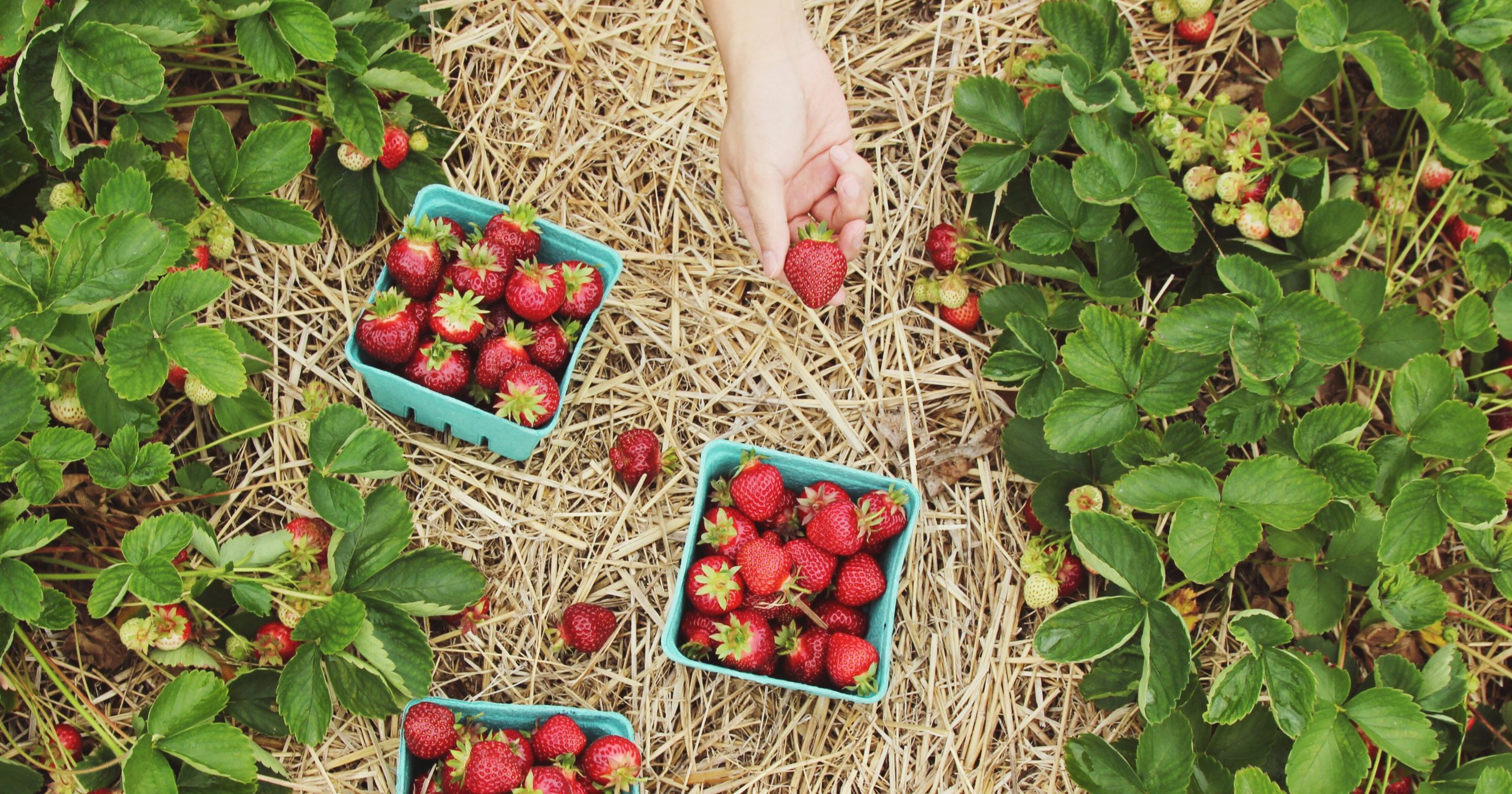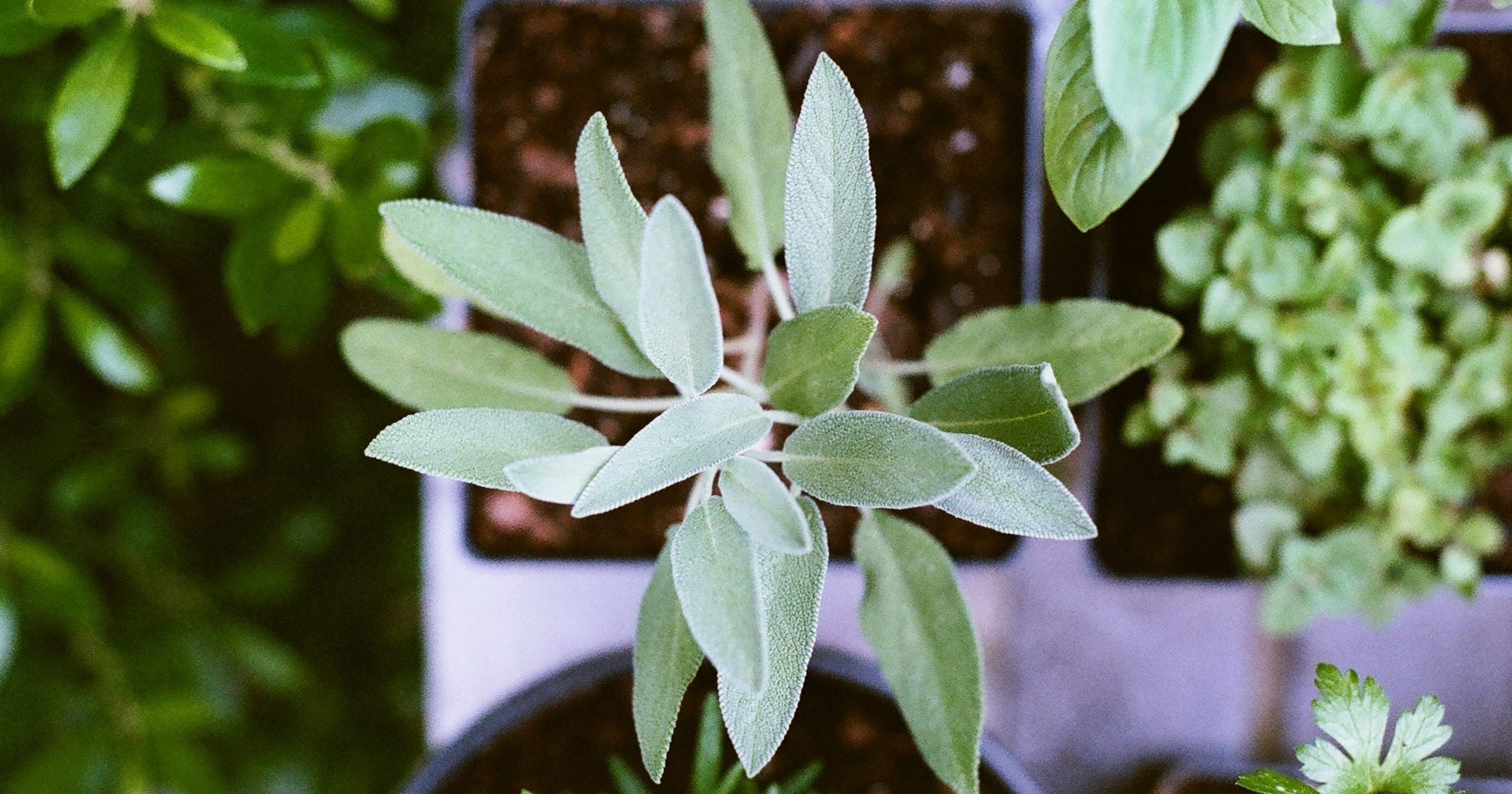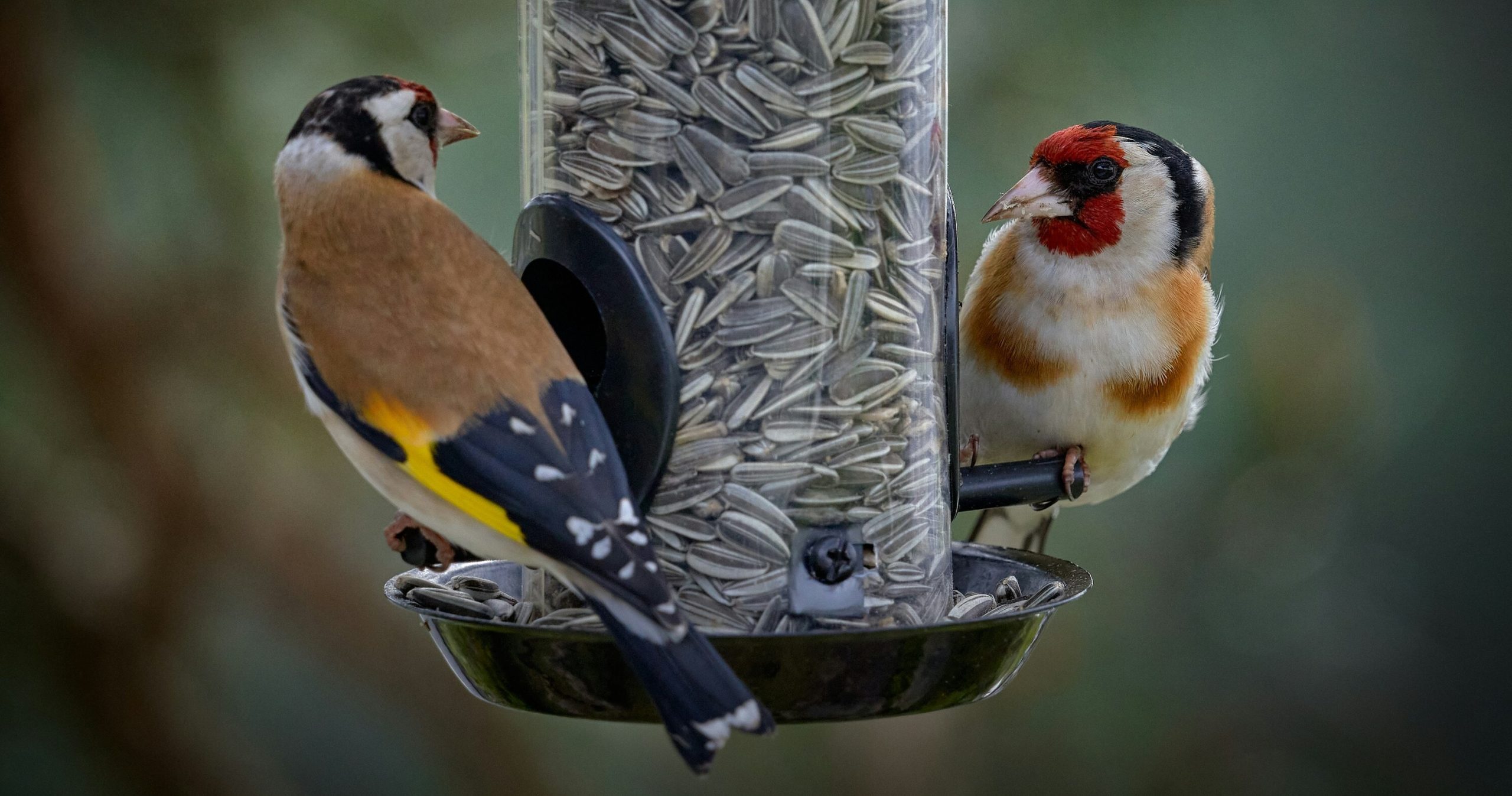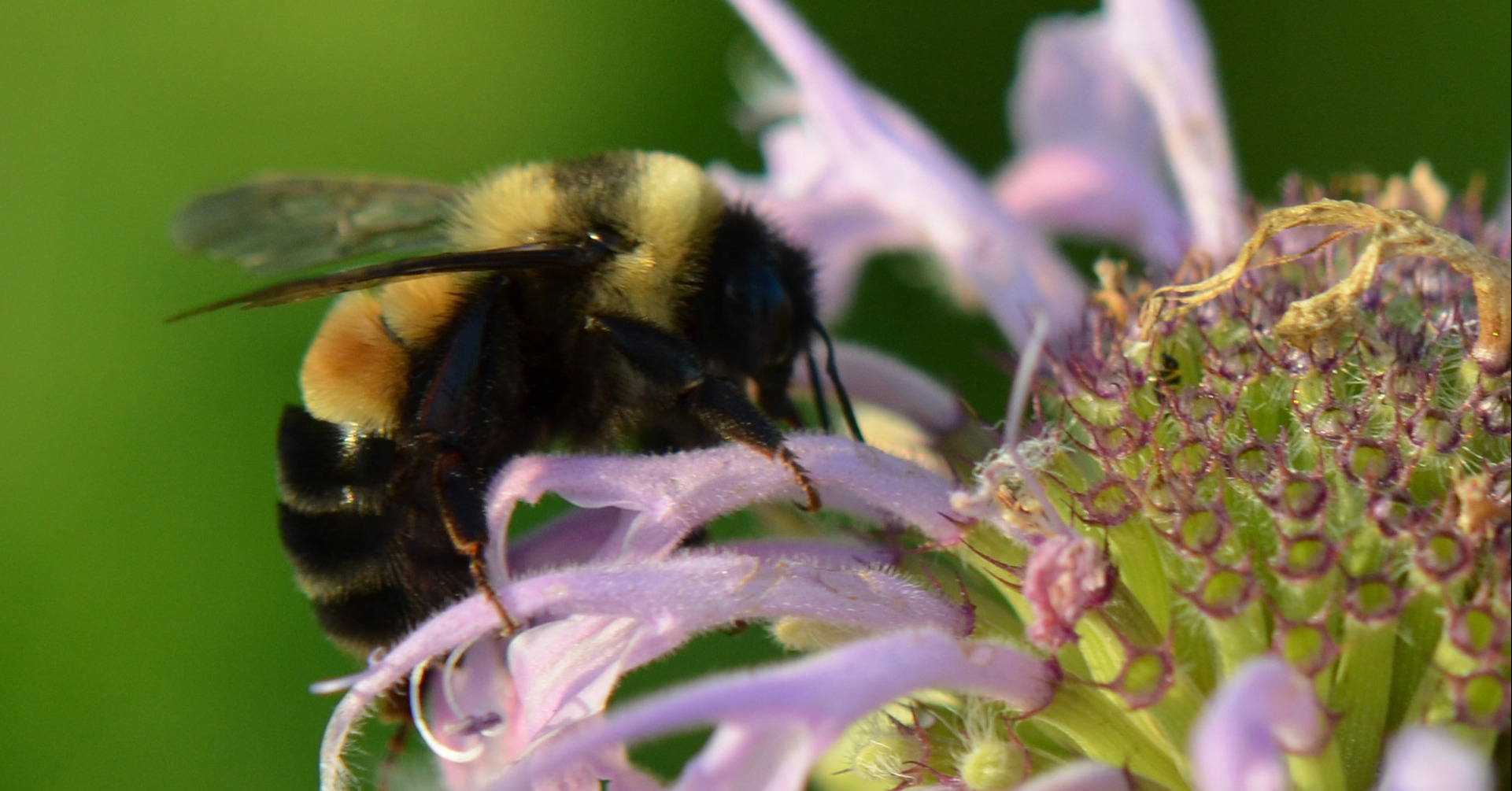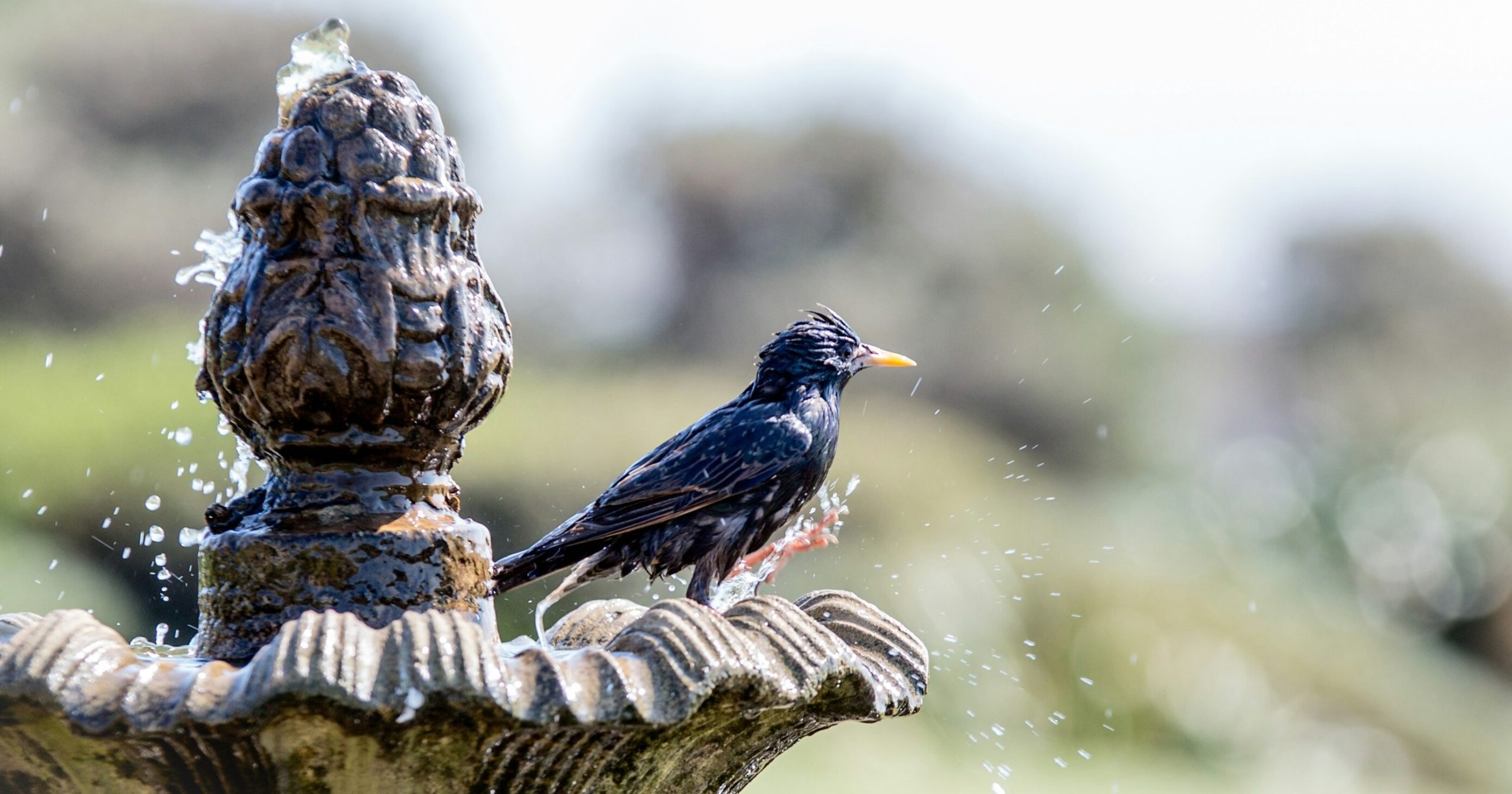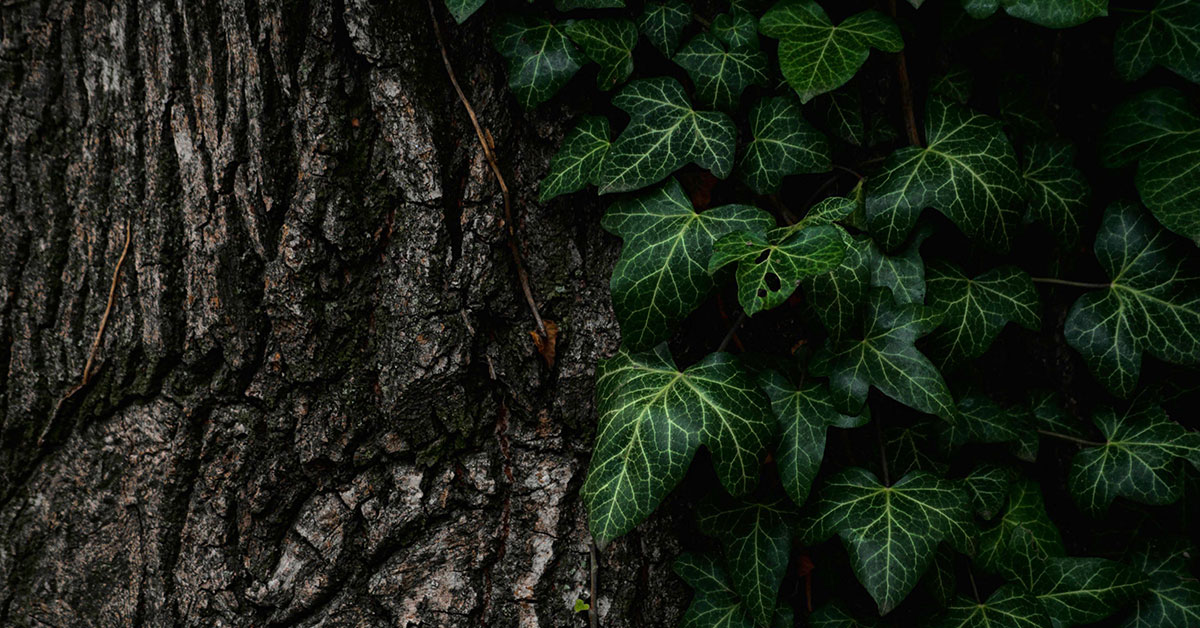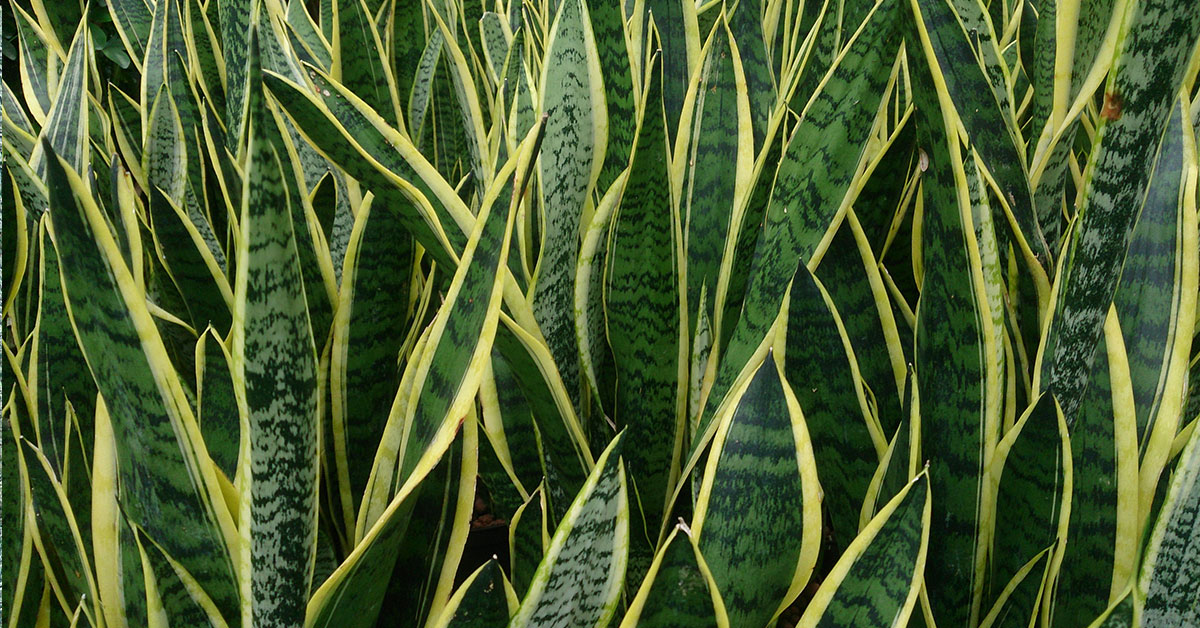So here’s the scenario: about 60 days ago you planted a row of cute little carrot seeds in your garden and now, two months later, those carrots are ready to come out of the ground. Congratulations! How many did you grow? 20? 40? 100? Probably more carrots than you can enjoy in a short period of time. So what do you do with the extras? Store ’em! Here’s how to store carrots that you’ve picked fresh from your garden.
How to store carrots in the short term
If you plan to eat your fresh carrots over the course of a month, you can keep them stored in a container in your refrigerator, or anywhere that maintains a temperature of around 35 degrees Fahrenheit. Avoid storing your carrots with fruits like apples and pears. These fruits produce ethylene gas, which can hasten the ripening process of the vegetables around it. Storing carrots alone in a sealed container is your best bet for keeping your carrots fresh and nutritious.
Storing carrots for the longer term
If you don’t think you can get all your carrots eaten within the first month of picking them, you can store them longer-term as well. Instead of washing your carrots and placing them in a refrigerator, don’t wash them and cover them in a container with sand. Store the container in a dark, cool, well ventilated place. When stored this way, your carrots should survive for about 5 to 6 months.
You can also simply leave your carrots in the ground, cover them with mulch, and dig them up as you need them. Note: once the ground has frozen, the carrots will spoil, so if you have some hard freezing temperatures on the way, pull your carrots and use one of the two above storage methods.
Regrow your carrot tops
I’m a firm believer in not allowing anything to go to waste if it can’t be helped. Once you’ve prepared your carrots, don’t throw away the carrot tops! Instead, plant them off to the side in your garden. You can regrow your carrots! The tap root of the carrot that we enjoy in our salads and in the crock pot won’t regrow, but the greens will. You can use carrot greens on salads, in pesto, and if you allow the greens to go to flower, you can collect carrot seeds for next year’s crop! So don’t toss your carrot tops, regrow them!
Read Next: How To Grow Perfect Carrots Every Time
